During BDO’s event, “Top Challenges Facing Nonprofit Organizations Today,” Matthew Becker, a partner in BDO’s Nonprofit practice and Cathryn McAleavey, BDO FMA Managing Director, joined Citi, ADP and The Giving Block and 40 nonprofit industry leaders and discussed how nonprofits can pivot operations to raise funding, improve efficiency, retain and attract resources and enjoy success moving forward.
Four key takeaways provide direction.
1. Embrace technology to enhance efficiency and increase transparency
Technology can help nonprofits optimize processes to seize opportunities for fundraising and overcome a variety of current challenges, including rising cybersecurity risk and staffing shortages
Organizations are increasingly leveraging artificial intelligence (AI) technology to take a deep dive into donor pools. Tech-enabled data analysis can help nonprofits determine who is most likely to give, identify their most involved donors, and uncover the best ways to engage donors.
Nonprofits that adopt technology are also better prepared to mitigate current threats and challenges. The pandemic sparked a shift to remote work environments and online operations, creating new opportunities for cybercrime. Nonprofits that switch to digital payments and concentrate cash in a global pool via automation can benefit from more transparent tracking. Additionally, as the labor shortage continues, nonprofits that automate their job application and hiring processes are well-equipped to fill empty positions with minimal interruption.
2. Consider digital currencies as a new investment vehicle
COVID-19-related funding kept many nonprofits afloat through the height of the pandemic, but they can’t rely on it long term. Federal relief was temporary, and increased donor contributions may dip as the pandemic takes a backseat to other concerns and inflation continues to rise. Nonprofits looking to attract new donors might want to consider accepting donations via digital currencies such as cryptocurrency or non-fungible tokens (NFTs).
Millennials comprise 21.93% of the U.S. population. This generation is known for its philanthropy — 74% of millennials sent financial aid to family or friends or donated to a nonprofit in the early months of the COVID-19 pandemic. Today, members of the millennial generation are between 26 and 41 years old. They may be hitting their career stride and in a financial position to give to the causes they care about.
As millennials have increased their exposure into cryptocurrency, according to Investopedia’s Financial Literacy Survey, now is the time for nonprofits to think about how to target giving opportunities within this generation. Accepting cryptocurrency donations can expand nonprofits’ donor pool and set a precedent of keeping pace with changing times.
Likewise, considering NFTs as a vehicle to raise funds may open new paths for donors. An NFT represents a specific asset (digital or physical) that can be transferred or sold. Although most people think of NFTs as artwork, NFTs have a number of applications in music, gaming and now the virtual world or “metaverse.” Unlike crypto, NFTs are not “fungible,” though they seem to be traded in a similar manner, leading to uncertainty around how they’re taxed. Nonprofits considering NFTs should be aware of potential tax implications around their use.
3. Reassess organizational culture to retain and attract talent
Streamlined application and onboarding ensure that positions are filled, but a strong organizational culture increases the likelihood that new hires are motivated to remain at and grow with the nonprofit. Shifting employee expectations and stiff competition for labor provide ample incentive for nonprofits to reassess their practices, policies and offerings.
It’s a worker’s job market, where employees are leaving employers for jobs that offer them greater work-life balance, mission alignment and other benefits. Nonprofits should explore their benefits package and ensure that they have competitive and equitable offerings as compared to similar organizations, including number of PTO days, mental health benefits, and other programs. It is also crucial that nonprofits looking to retain employees offer opportunities for career advancement. Professional development initiatives allow trusted staff to acquire valuable skills and apply them to furthering the nonprofit’s mission.
Organizational culture also encompasses the intangible. Decisions should be made with the goal of caring for employee mental health and avoiding burnout. Nonprofits should consider whether employee feedback is sought and implemented, whether collaboration among colleagues is valued over competition, whether their practices and policies are equitable and adjust accordingly.
4. Develop a plan for sustainability
Accepting cryptocurrency, embracing technology and improving organizational culture can all be a part of a nonprofit’s plan for sustainability. While it’s important to make plans, recent years have demonstrated how easily even the best laid plans can go awry.
Nonprofits that engage in scenario planning can prepare for the worst as they strive for the best. Scenario planning involves organizations thinking through their best- and worst-case financial scenarios to determine what steps they would take in each situation. What expenses would be reduced in a worst-case scenario? Alternatively, what investments would be made in a best-case scenario?
Nonprofits are also encouraged to develop multiyear models to help them look beyond the annual budgeting cycle and understand what financial resources are needed to meet their goals over the next 3-5 years. It is crucial that nonprofits engage their board in multiyear planning.
BDO’s June 7th Event, “Top Challenges & Opportunities Facing Nonprofit Organizations Today, initiated important dialogues about the future of nonprofit work. Organizations that accept cryptocurrency donations, leverage technology for key insights and efficiency, prioritize improving organizational culture and devise a detailed sustainability plan today are likely to seize tomorrow’s opportunities and mitigate its challenges.
Written by Matthew Becker and Cathryn McAleavey. Copyright © 2022 BDO USA, LLP. All rights reserved. www.bdo.com.
Have questions? We are here to help. Contact us today!
Error: Contact form not found.





